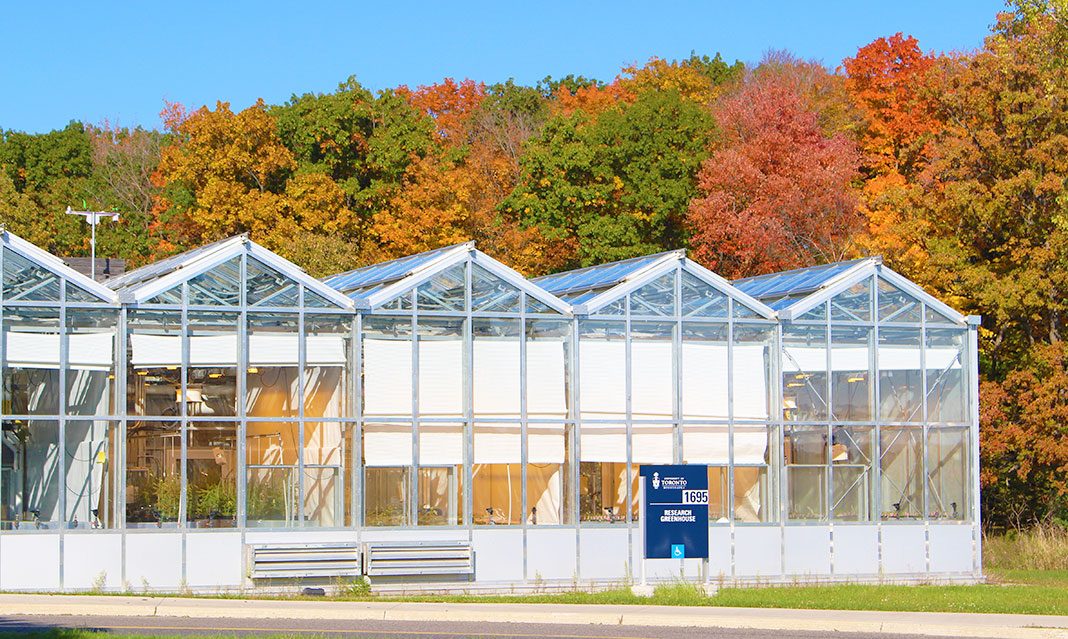The University of Toronto released its new Low-Carbon Action Plan last month.
Unveiled September 2019, the ambitious plan outlines a framework to diminish greenhouse gas (GHG) emissions by 37 per cent by the year 2030, a goal below 1990 baseline levels.
“To meet our goal, we will implement strategies that make our existing spaces more efficient [and] seek out innovative solutions to remove carbon from our three campuses,” said President Meric Gertler in a statement in the Low-Carbon Action Plan report.
The five-year Action Plan (2019-2024) details tri-campus low-carbon implementation strategies and projects.
According to the plan, meeting the 2030 target will involve “optimizing how we produce, distribute, and consume electricity and natural gas.” The combined efforts will impact “substantial energy and greenhouse gas reductions while improving comfort.”
In a statement to U of T News, Gertler described the challenges of “operating one of the world’s largest research-intensive universities in an urban setting while reducing energy consumption and fostering sustainability.”
He believes that U of T is “uniquely well-equipped to tackle the challenge of climate change, precisely because of the size and breadth of our research footprint and institutional partnerships.”
Propelling U of T on the low-carbon path are strategic initiatives with high-impact results.
For example, geo-exchange systems on all three campuses will utilize the earth’s heating and cooling properties to regulate building temperature, thus reducing 16,465 tonnes of carbon dioxide (CO2) emissions each year.
Similarly, the Greenhouse Gas Campus Retrofit Program (GGRP) represents more than 8,600 tonnes of annual greenhouse gas emission reduction.
The 2018-2019 GGRP is a series of projects that include rooftop solar systems and ground source heat pumps. The program was made possible through combined support from both the provincial government and U of T investments.
Other focus areas include designing New Building Standards for GHG avoidance and Building Optimization using existing building energy performance.
Along with Lighting Retrofits, carbon captured by campus trees, distribution improvements, and solar reliance, total planned reductions by 2024 are estimated at 44,567 tonnes of equivalent CO2 emissions.
These low-carbon initiatives fall in-line with U of T’s commitment to the University Climate Change Coalition (UC3).
Comprising a group of leading research institutions from Canada, the United States, and Mexico, UC3 members “help local communities achieve their climate goals and accelerate the transition to a low-carbon future.”
U of T has joined these universities in reducing overall emissions by changing the way energy will be produced and distributed.
Last week from October 16 to 18, UTM held the Sustainability: Transdisciplinary Theory, Practice and Action (STTPA) conference.
The event brought together diverse academic professionals and students, Aboriginal leaders and scholars, business executives, civil society groups, policy makers, and sustainability professionals to explore innovative forms of theory, practice, and action towards sustainable pathways.
Organized by the UTM Sustainability office, students can also attend the Repair Café event on October 21 at 12:00 p.m. in the Davis Building Faculty Club room. Students are encouraged to bring broken items like small appliances, household items, and clothing for expert volunteers to fix.
Free to attend, the Repair Café “helps to keep useful items out of landfills and change society’s throw-away mindset.”
Gertler said U of T’s Low-Carbon Action Plan “will accelerate our efforts as we work towards our 2030 target, an important stepping stone towards realizing our vision of achieving a net-zero GHG footprint.”
The Action plan will bring U of T 80 per cent closer to achieving this goal.



